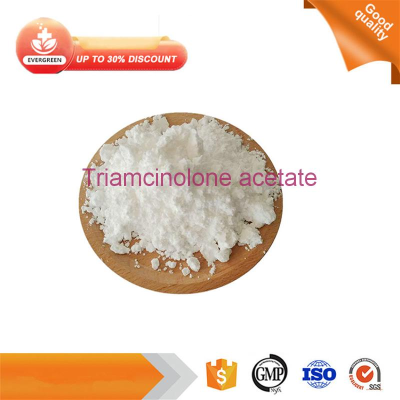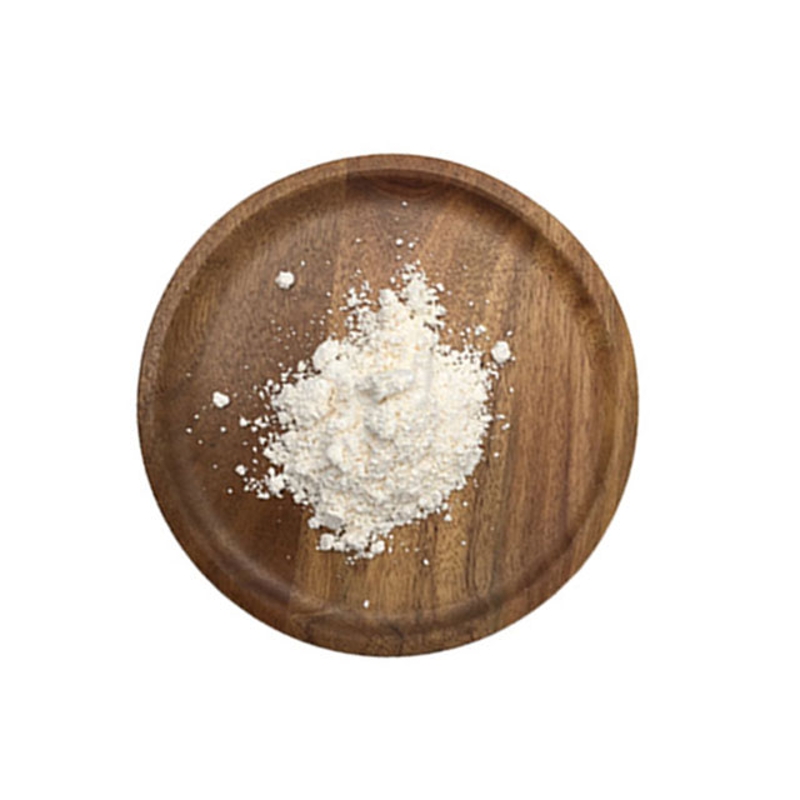-
Categories
-
Pharmaceutical Intermediates
-
Active Pharmaceutical Ingredients
-
Food Additives
- Industrial Coatings
- Agrochemicals
- Dyes and Pigments
- Surfactant
- Flavors and Fragrances
- Chemical Reagents
- Catalyst and Auxiliary
- Natural Products
- Inorganic Chemistry
-
Organic Chemistry
-
Biochemical Engineering
- Analytical Chemistry
- Cosmetic Ingredient
-
Pharmaceutical Intermediates
Promotion
ECHEMI Mall
Wholesale
Weekly Price
Exhibition
News
-
Trade Service
Yimaitong edited and arranged, please do not reprint
without authorization.
Introduction: Ca/Cr, TRACP, CTX.
.
.
What is the clinical significance of these "osteoporosis laboratory test indicators"?
Laboratory diagnosis of osteoporosis is of great significance
for the clinical diagnosis and differential diagnosis of
, scientifically evaluating and judging the dynamic changes of bone metabolism and the activity of bone metabolism.
Laboratory tests for osteoporosis include three categories: basic laboratory tests, bone turnover indicators and differential diagnostic tests:
1.
Basic laboratory tests: blood routine,
.
2.
Bone turnover indexes: bone-specific alkaline phosphatase, osteocalcin, type I procollagen C-terminal prepeptide/type I procollagen N-terminal prepeptide, fasting 2h urine calcium/creatinine ratio, anti-tartaric
.
3.
Differential diagnosis test items: erythrocyte sedimentation rate,
.
What is the clinical significance of the above examination indicators? Today we will focus on "bone turnover markers"
.
Bone-specific alkaline phosphatase
Bone-specific alkaline phosphatase (BALP) is an extracellular enzyme of osteoblasts, whose main role is to hydrolyze phosphatase during osteogenesis to provide phosphoric acid for the deposition of hydroxyapatite and hydrolyze pyrophosphate, which is beneficial to osteogenesis
.
Clinical significance:
.
Serum osteocalcin
Osteocalcin (OC) is a specific biochemical index reflecting bone formation, which participates in the mineralization process of the matrix and osteoblast differentiation, maintains the normal mineralization rate of bone, inhibits the mineralization rate of cartilage, and inhibits the formation
of hydroxyapatite crystals with abnormal bone.
Clinical significance:
➤Increased OC concentration: indicates accelerated bone formation rate, mainly seen in children's growth period, osteogenesis insufficiency, renal insufficiency, fracture, deforming osteitis, tumor bone metastasis, hypophosphatemia, hyperthyroidism,
.
➤Decreased OC concentration: seen in
.
Serum type I procollagen C-terminal prepeptide/serum type I procollagen N-terminal prepeptide
Type I pre-collagen hydrolysis, removal of its carboxyl and amino end of the additional peptide, generation of procollagen, the carboxyl end additional peptide removed by the procollagen is called type I procollagen C-terminal pre-peptide (PICP), amino end additional peptide is called type I procollagen N-terminal pre-peptide (PINP).
The content of PICP or PINP in serum reflects the ability of osteoblasts to synthesize collagen and is a sensitive indicator
of the specificity of new bone formation.
Clinical significance:
➤ Increased total serum PINP: elevated
total serum PINP in patients with bone metabolic diseases and renal insufficiency.
➤ Elevated serum PICP: elevated
serum PICP during childhood development, late pregnancy, bone
Urine calcium/creatinine ratio on an empty stomach for 2h
The urine Ca/Cr ratio reflects the level of
urinary calcium excretion.
Clinical significance:
➤The fasting morning urine Ca/Cr ratio indirectly reflects the bone metabolism function, which can be used for the dynamic observation
of the auxiliary diagnosis and treatment of primary osteoporosis, rickets and other metabolic bone diseases.
➤Children with urine Ca/Cr ratio exceeding the normal standard are at high risk of idiopathic hypercalciuria and need further examination
.
➤ With the progression of pregnancy, the urine Ca/Cr ratio gradually increases, and the decrease of the urine Ca/Cr ratio can be used as one of
the objective bases for diagnosing
Serum anti-tartrate acid phosphatase
Acid phosphatase resistant tartrate (TRACP) is one
of the 6 isoenzymes of acid phosphatase.
In normal human serum, TRACP exists in two different glycosylated forms, namely TRACP-5a and TRACP-5b, TRACP-5b as a second-generation bone resorption marker, which is a specific and highly sensitive bone resorption indicator
.
Clinical significance:
➤Increased TRACP: seen in
;
➤ Decreased TRACP: seen in hypothyroidism
.
Serum\urine type I collagen C-terminal peptide crosslinking
Type I collagen C-terminal peptide crosslinking (CTX) is the most widely used collagen degradation marker, a-CTX and β-CTX are isomer structures, and the level of CTX reflects the osteoseosis activity
of osteoclasts.
Clinical significance:
Patients with osteoporosis, Paget disease, multiple myeloma, and tumor bone metastases have elevated
serum CTX levels.
Urine type I collagen N-terminal peptide crosslinking
Type I collagen N-terminal peptide crosslinking (NTX) is a stable end product that occurs in the urine after collagen degradation in the liver, and is a specific and sensitive indicator
of bone resorption.
Clinical significance:
Elevated
NTX levels have been observed in osteoporosis, primary hyperparathyroidism, osteitis deformity, hyperthyroidism, tumor bone metastases, and multiple myeloma.
References: Zhang Mengmeng, Xu Youjia, Hou Jianming, et al.
Expert consensus on laboratory diagnosis and influencing factors of osteoporosis2022.
Chinese Journal of Osteoporosis.
2022,28(09):1249-1259.







